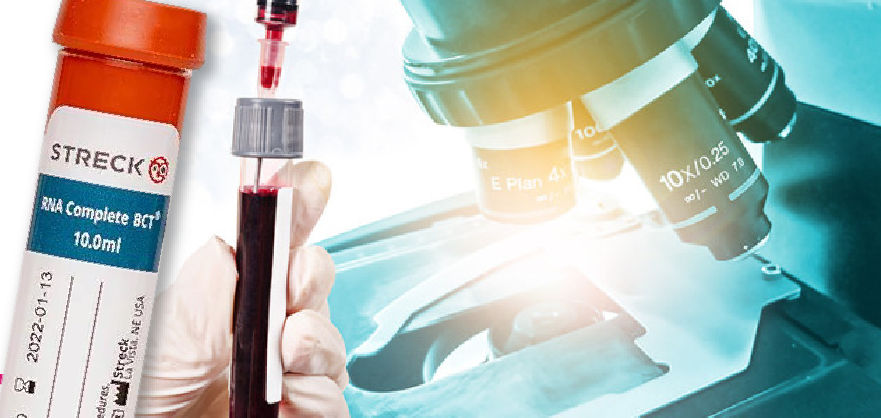FUS rearrangements (16p11)
The FUS gene, located on chromosome 16p11, consists of 15 exons located within 11 kb of genomic DNA, and the exon 1 contains a 72-bp untranslated region and the translation initiation codon. The FUS protein contains an RNA-recognition motif and is a component of nuclear riboprotein complexes. Chromosomal rearrangements involving the FUS gene have been observed in many tumor types including several soft tissue sarcomas (STS). The resulting chimeric fusion proteins are mainly transactivators exerting deregulation of differentiation control on the tumor-target cell. Different types of soft tissue sarcomas are characterized by specific chromosomal translocations.
FUS is rearranged in myxoid liposarcomas in the characteristic chromosomal translocation t(12;16)(q13;p11) and Low-grade fibromyxoid sarcoma are characterized by the chromosome translocation t(7;16)(q33-34;p11), which results in the fusion of FUS (also called TLS) on chromosome 16 to CREB3L2 (also called BBF2H7) on chromosome 7. Greater than 70% of LGFMS are cytogenetically characterized by this translocation. A positive result is consistent with the diagnosis, but a negative result suggests that a FUS gene rearrangement is not present, but does not exclude the diagnosis.
Other FUS rearrangements are observed in Acute Myeloid Leukemia, t(16;21)(p11;q22) FUS/ERG, and in Angiomatoid-fibrous histiocytomas, t(12;16)(q13;p11) FUS/ATF1.


